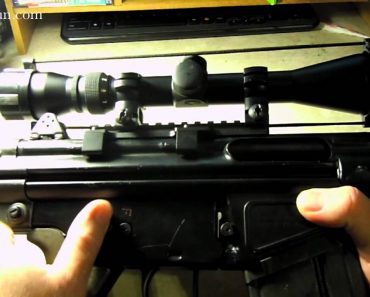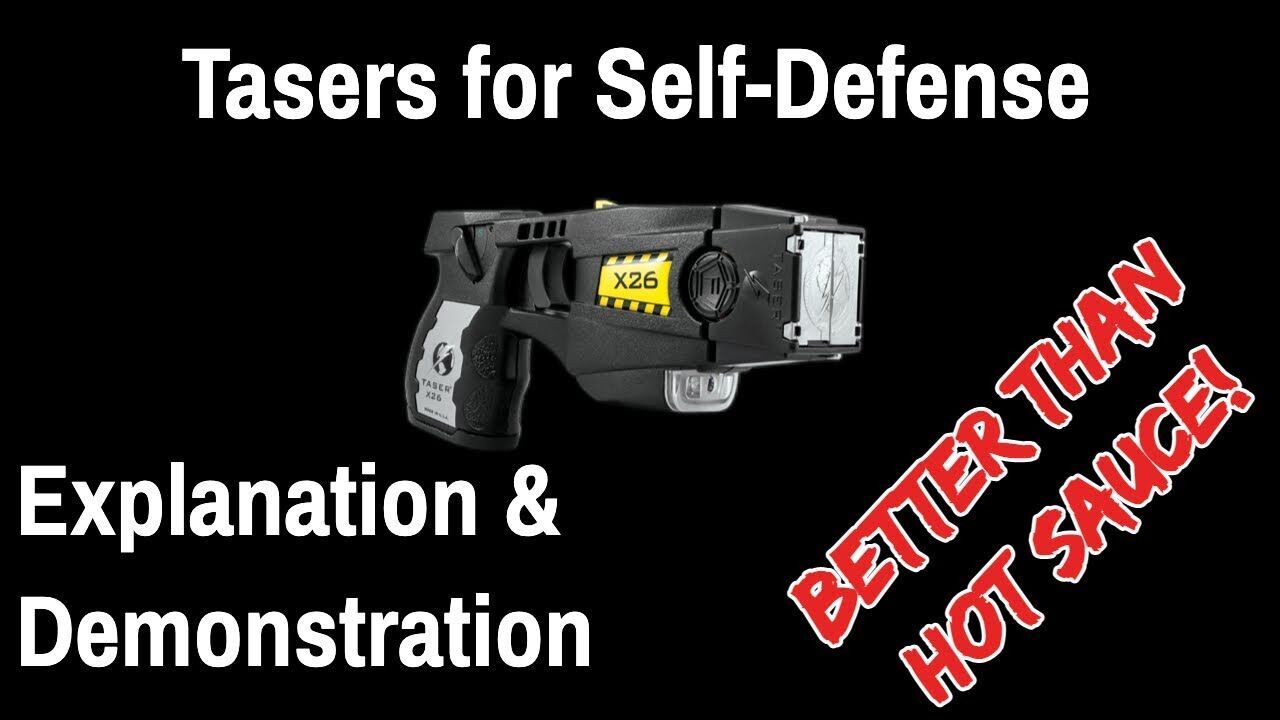You can’t be a serious practitioner of armed self defense if you don’t understand the legal and moral implications of lethal force. One tool used to discuss such things is a concept called the Tueller Test. Today we are going to talk a little about lethal force and handgun deployment. Over the course of this […]
Category: Gun and Other Self Defense Stuff
This section is pretty broad and actually covers more than it says. This is a catch all for prepper related gun and weapon things as well as self defense training. If I don’t have a better place to put it and it is dangerous it will probably be found in this section.
How to Make an Inexpensive PVC Target Stand
https://www.youtube.com/watch?v=JC4-K-h80JU The following guide shows how to make a PVC target stand construction should help you make a portable inexpensive option that is easily made at home with common tools. One of the troublesome aspects of shooting can be finding a place to staple up your targets. All too often we as shooters compromise […]
Clint Smith on Defensive Firearms
https://www.youtube.com/watch?v=R00cdYREFLc Clint Smith is an expert on the use of Defensive Firearms. He is a Marine Corps Infantry vet, SWAT officer, and has been running Thunder Ranch since 1993. Since I Graduated high school in 1993 I readily admit that he has probably forgot more about defensive firearms use than I know. And that’s […]
Cheap CETME/G3 Scope Mount
I do not normally advocate mixing airsoft with “real” gun gear. However, on occasion it works if you know what you want. Just understand that airsoft accessories are not built as strongly as accessories build for actual guns. I would not use airsoft lasers or airsoft rated under barrel flashlights or optics because they […]





